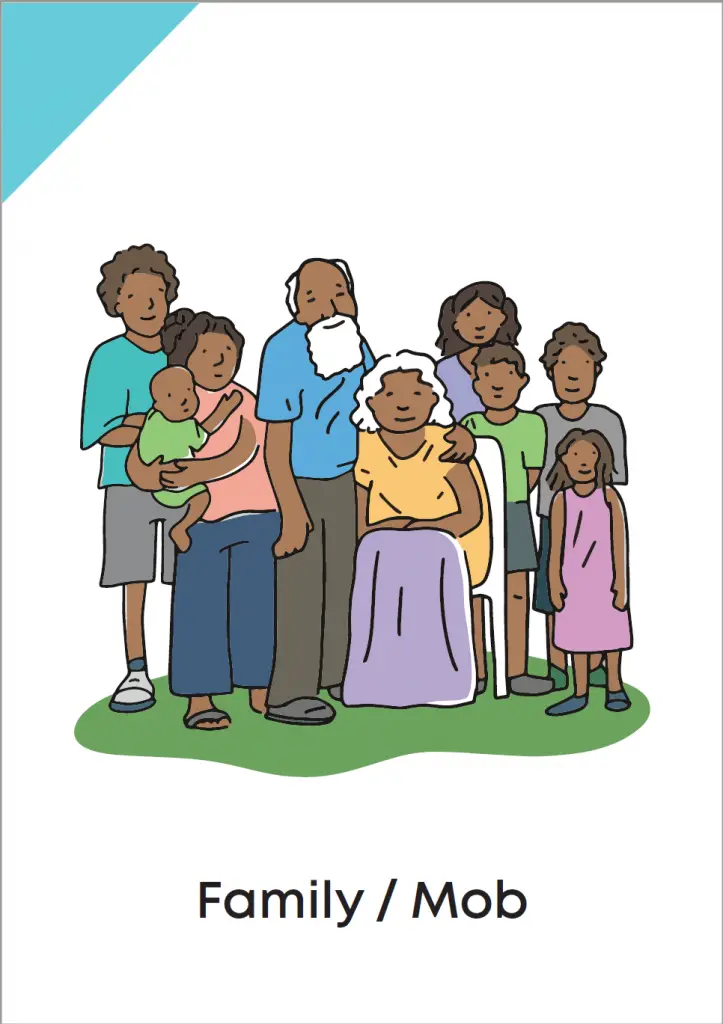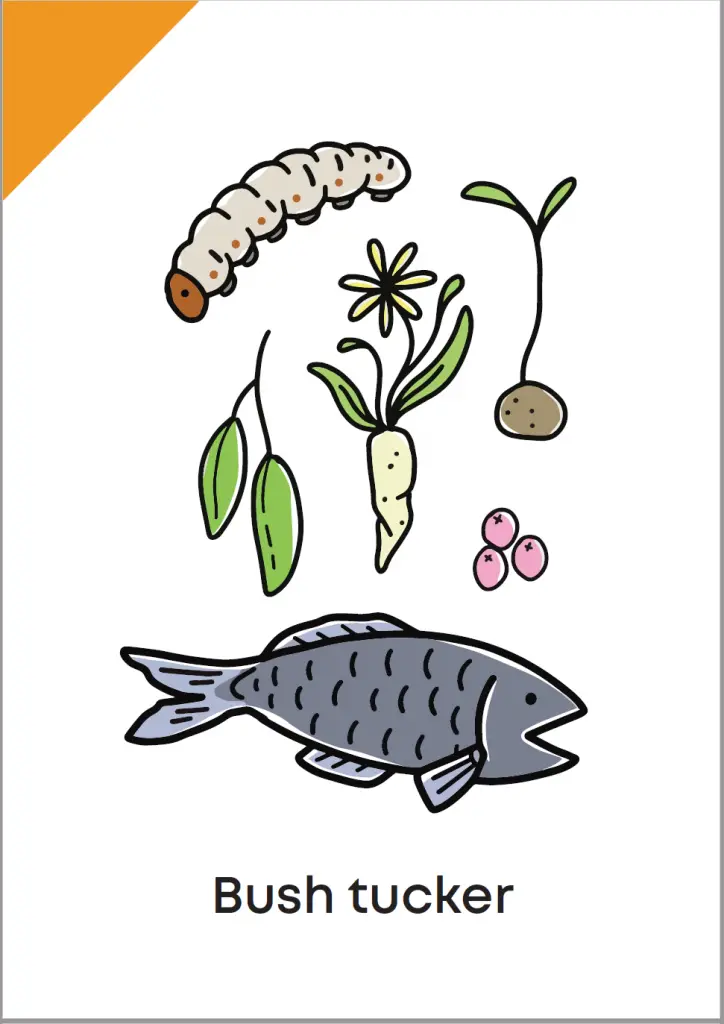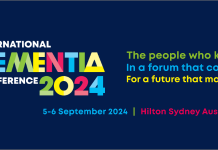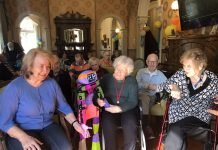Winner of the 2021 Future of Ageing Awards – Indigenous communities category
Picture cards illustrated by proud Dagoman woman Samantha Campbell (pictured) will help the growing number of Aboriginal and Torres Strait Islander people living with dementia maintain crucial links to carers and communities.
Dementia Support Australia (DSA), led by HammondCare and funded by the Australian Government, has produced a set of culturally appropriate communication cards specifically to support Indigenous Australians as their verbal skills decline.
DSA Director Associate Professor Colm Cunningham said the cards are the first of their kind designed to support older people and people with dementia from our First Nations.
“The health and wellbeing of Aboriginal and Torres Strait Islander people is strongly based on connection to Country, community, family and culture,” A/Prof Colm Cunningham said.
“These cards will provide the ability to communicate in a way that respects both the person and their culture with families, staff in aged care services and our DSA consultants.”
Dementia is a serious emerging health issue for Indigenous populations who experience the disease at a rate between 3 to 5 times that of the general population with onset at an earlier age.
The prevalence of other chronic health conditions, a lack of education and awareness and geographical constraints means the disease is often overlooked by health workers and service providers.
The picture cards will help carers and medical staff communicate key messages with the person they are caring for. The images can help a person to understand and participate in activities such as showering or going for a walk. The cards can also be used to reminisce or to start a conversation.
Mrs Campbell, based Darwin, illustrated and designed the cards. She said working on the project made her reflect on what sort of imagery would carry meaning that relates to the lived experiences of First Nations people across Australia.

“When I illustrated the doctor, for example, I avoided drawing on stereotypes of a westernised doctor dressed in a white coat – this is because some First Nations people may perceive white coats and hospitals as places where people go to when they’re sick and don’t return home”. she said.
The set of 58 illustrated cards are divided into eight categories of People, Activities/Objects, Food/Drinks, Personal care, Health, Feelings, Places, and Animals. Each card has the English word and includes space on the back to write the word in the language of the person. View examples below:














How do we order the new communication card for Indigenous Australians.
Hi Julie,
We will find out for you and update the story with the contact info.
Sean – Inside Ageing
My Name is May Phu Win, i’m working at Royal Darwin Palliative care Hospice. I would like to order new Communication card for Indigenous Australian. my email is below thanks. – may.win@nt.gov.au
Hi, could you please provide details on how to order the communication cards.